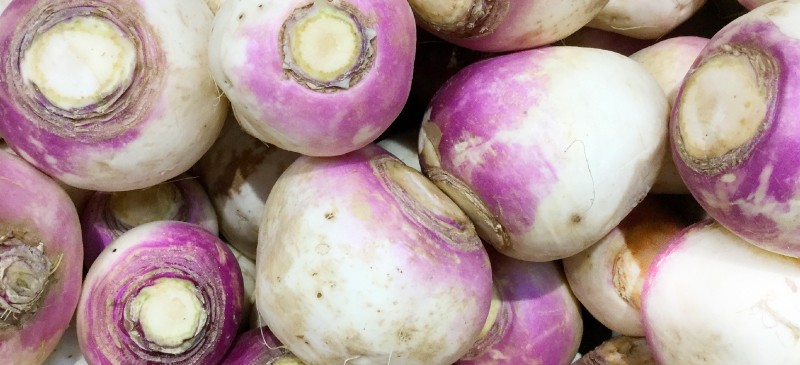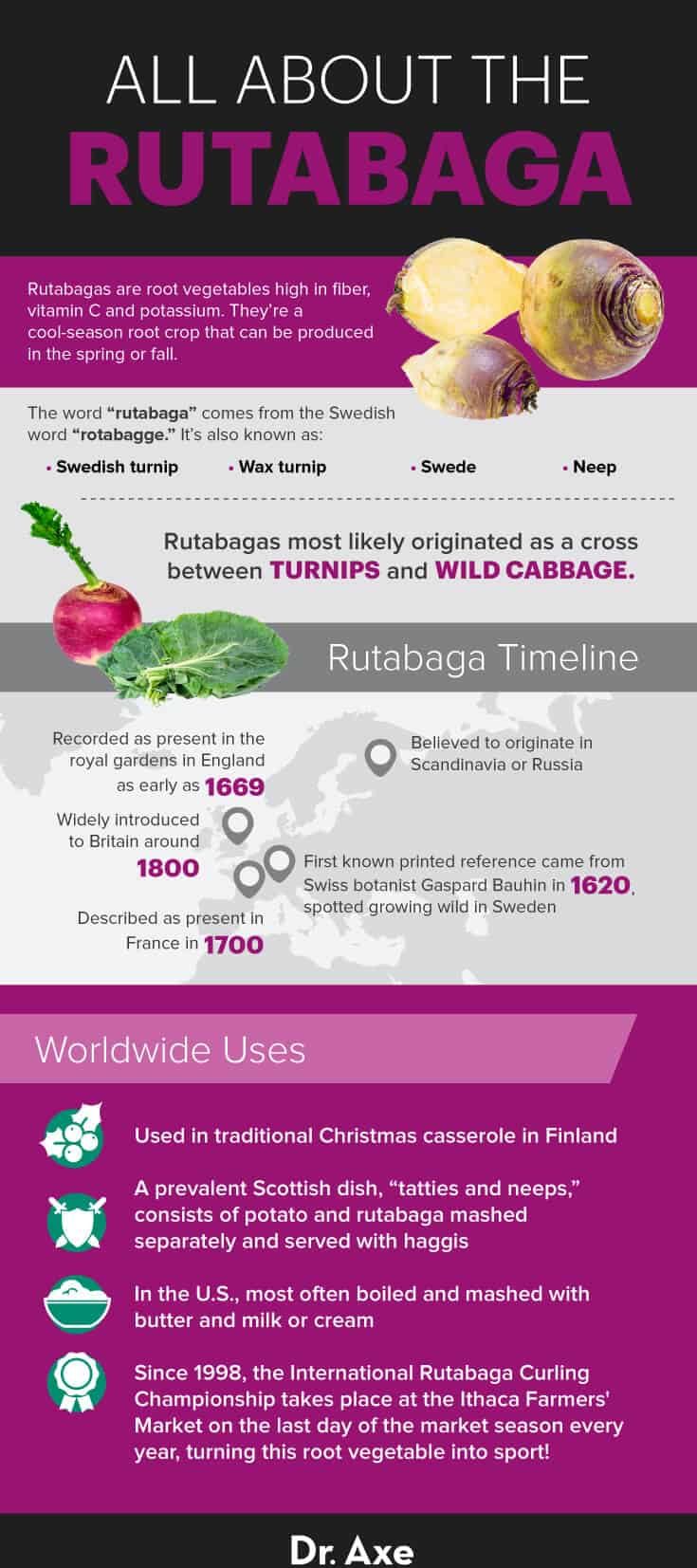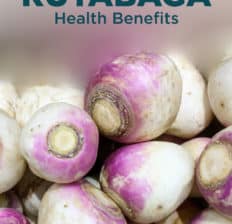This Dr. Axe content is medically reviewed or fact checked to ensure factually accurate information.
With strict editorial sourcing guidelines, we only link to academic research institutions, reputable media sites and, when research is available, medically peer-reviewed studies. Note that the numbers in parentheses (1, 2, etc.) are clickable links to these studies.
The information in our articles is NOT intended to replace a one-on-one relationship with a qualified health care professional and is not intended as medical advice.
This article is based on scientific evidence, written by experts and fact checked by our trained editorial staff. Note that the numbers in parentheses (1, 2, etc.) are clickable links to medically peer-reviewed studies.
Our team includes licensed nutritionists and dietitians, certified health education specialists, as well as certified strength and conditioning specialists, personal trainers and corrective exercise specialists. Our team aims to be not only thorough with its research, but also objective and unbiased.
The information in our articles is NOT intended to replace a one-on-one relationship with a qualified health care professional and is not intended as medical advice.
Rutabaga Nutrition Benefits Immunity, Digestion & More
December 14, 2023

Rutabagas are root vegetables that are high in fiber, vitamin C and potassium — and are even associated with a lower risk of certain types of cancer. Despite being low in calories and fat-free, the rutabaga is very flavorful, which explains why this veggie is often added to rich, hearty dishes.
The roots can be eaten raw or pickled, or they can be prepared similarly to potatoes: baked, roasted, sautéed or steamed, among other options. Rutabaga is commonly used in soups, stews and casseroles as well.
The leaves are also edible and can be prepared in similar fashion to mustard greens or Swiss chard.
Need tips on how to use rutabaga for its many health benefits? Read on to learn all about this intriguing root veggie.
What Is a Rutabaga?
Rutabaga (Brassica napus, variety napobrassica) is also known as Swedish turnip, wax turnip, swede or neep. It is a root vegetable in the mustard family (Brassicaceae) cultivated for its edible, fleshy roots as well as its edible leaves.
Rutabagas most likely originated as a cross between turnips and wild cabbage. There are several common varieties, such as the American Purple Top, Laurentian and Joan.
Rutabagas are a cool-season root crop that can be produced in the spring or fall. The word “rutabaga” comes from the Swedish word “rotabagge.”
These healthy sweet vegetables are believed to have originated in Scandinavia or Russia.
It is said to have been widely introduced to Britain around 1800, but it was recorded as being present in the royal gardens in England as early as 1669 and was described in France in 1700. Rutabaga is an important ingredient of a traditional Christmas casserole commonly prepared in Finland.
Natives of Scotland make a dish they call “tatties and neeps,” which is potato and rutabagas mashed separately and served with haggis. In the U.S., rutabagas are most often boiled and mashed with butter and milk or cream.
Nutrition Facts
One cup (about 170 grams) of cubed rutabaga (cooked, boiled and drained) contains approximately:
- Calories: 51
- Total Carbohydrates: 11.6 g
- Fiber: 3.1 g
- Sugar: 6.7 g
- Total Fat: 0.3 g
- Saturated Fat: 0.05 g
- Polyunsaturated Fat: 0.16 g
- Monounsaturated Fat: 0.05 g
- Trans Fat: g
- Protein: 1.6 g
- Cholesterol: 0 mg
- Sodium: 8.5 mg (0.4% DV*)
- Vitamin C: 32 mg (35% DV*)
- Potassium: 367 mg (8% DV*)
- Manganese: 0.165 mg (7% DV*)
- Phosphorus: 69.7 mg (6% DV*)
*Daily Value: Percentages are based on a diet of 2,000 calories a day.
Rutabagas also contain two organic compounds with amazing health benefits: glucosinolates and carotenoids.
Glucosinolates are found in cruciferous plants, such as rutabaga greens and mustard greens. They are known for their ability to reduce inflammation and inhibit cancer by altering enzymes and blocking the cell cycle.
Carotenoids are natural chemicals that give plants their yellow, orange and red pigments. They are believed to have strong antioxidant capabilities and can help fight inflammation, heart disease and even cancer.
Health Benefits
1. Helps Prevent Cancer
Rutabagas are particularly high in antioxidant compounds, which is one reason the rutabaga is a top cancer-fighting food. One of these compounds, glucosinolate, is a sulfur-containing compound that has been shown to reduce the growth of cancer.
Epidemiological studies suggest that brassica vegetables in particular are protective against cancers of the lungs and alimentary tract.
The glucosinolates in rutabaga remain intact until they are brought into contact with the enzyme myrosinase through the process of chewing. Myrosinase then releases glucose and breakdown products, including isothiocyanates, which stimulate programmed cell death in human tumor cells (in vitro and in vivo).
Isothiocyanates are absorbed from the small bowel and colon, and metabolites are detectable in human urine two to three hours after consumption of brassica vegetables.
A man’s risk of developing prostate cancer increases with age, although it can occur any any age. Studies suggest that a high-fat diet may increase the risk of prostate cancer and that a diet rich in vegetables, particularly cruciferous vegetables — including broccoli, cabbage, cauliflower, kale, collard greens, mustard greens, horseradish, kohlrabi, Brussels sprouts, broccoli rabe, radishes, turnip, watercress and rutabaga — is associated with a reduced risk of prostate cancer.
2. Improves Digestion and More
Similar to all its cruciferous cousins, rutabagas are naturally very high in fiber.
Dietary fiber improves digestion by bulking up the stool and encouraging elimination, so rutabagas can provide natural constipation relief. A 2012 study in the World Journal of Gastroenterology showed that dietary fiber intake can increase stool frequency in patients with constipation.
The role of fiber in health actually extends far beyond shorter bathroom visits. Studies suggest that getting more fiber in your diet may play a role in the treatment of conditions such as gastrointestinal disease, hemorrhoids, high cholesterol, heart disease, stroke, diabetes and some forms of cancer.
Rutabaga’s healthy, powerful punch of dietary fiber makes it a smart choice for your overall well-being, so add it in to reap these benefits.
3. Rich in Potassium
Root vegetables like rutabagas are good sources of potassium, which is a crucial mineral for the proper function of all cells, tissues and organs in the human body. It’s also an electrolyte, a substance that conducts electricity in the body, along with sodium, chloride, calcium and magnesium.
The mineral is crucial to heart function and plays a key role in skeletal and smooth muscle contraction, making it important for normal digestive and muscular function. According to a study published in The BMJ, a higher intake of potassium-rich foods is associated with a 24 percent lower risk of stroke.
With the increasing consumption of processed foods, which remove the mineral, combined with a reduction in the consumption of fruits and vegetables, there has been a large decrease in intake, even in developed countries, leading to deficiency issues.
Epidemiological and clinical studies indicate that a diet high in potassium lowers blood pressure in individuals with both raised blood pressure and average blood pressure. Prospective cohort studies and outcome trials show that increasing intake reduces cardiovascular disease mortality, which is mainly attributable to the blood pressure-lowering effect and also partially may be due to the direct effects of potassium on the cardiovascular system.
A diet rich in the mineral may also prevent or at least slow the progression of renal disease since an increased potassium intake lowers urinary calcium excretion and plays an important role in the management of hypercalciuria and kidney stones. Low serum potassium is strongly related to glucose intolerance, and increasing potassium intake may prevent the development of diabetes that occurs with prolonged treatment with thiazide diuretics.
The best way to increase your intake is to increase the consumption of fruits and vegetables like rutabaga.
4. Rich in Powerful Antioxidants
In addition to being rich in glucosinolates, the rutabaga is also a high-antioxidant food filled with powerful antioxidants known as carotenoids, some of which the body can turn into vitamin A.
The colorful group of compounds known as carotenoids are present in many plants, where they provide photoprotection and act as accessory pigments in photosynthesis. Dietary carotenoids are believed to provide numerous health benefits, including a decrease in the risk of disease, particularly certain cancers and eye diseases.
Numerous retrospective and prospective epidemiological studies have shown that a high intake of carotenoid-rich fruits and vegetables is associated with a decreased risk of cancer at a number of common sites. Rutabaga’s carotenoid presence is another reason that you want to start including it in your diet on a regular basis if you don’t already.
5. Boosts the Immune System
Rutabagas have an extremely impressive amount of vitamin C, with a single serving containing more than half of the required daily allotment.
Vitamin C is essential for many bodily processes, including the stimulation of the immune system to produce white blood cells, which fight against bacteria and infection. Vitamin C helps reduce the incidence and improve the outcome of pneumonia, malaria and diarrhea infections.
Overall, vitamin C plays an important role in immune function and the modulation of resistance to infectious agents, reducing the risk, severity and duration of infectious diseases.
By increasing your intake of rutabagas, you can improve your vitamin C levels — so make sure they’re part of your vegetable arsenal when cold and flu season comes around.

Rutabaga vs. Turnip
It’s common to get turnip and rutabaga confused, but they do have their differences. They are relatives, but rutabagas are actually larger, denser and higher in many essential nutrients.
The two vegetables also vary in appearance and taste. Turnips are usually white-fleshed with white or white and purple skin. Rutabagas usually have yellow flesh and a purple-tinged yellow skin.
Both turnips and rutabagas have a nutty and sweet, yet peppery flavor, but rutabagas tend to be sweeter while turnips are more peppery. Rutabagas also have a lower moisture or water content than turnips so they keep better.
How to Cook and Add to Diet
You can find rutabagas in the vegetable section of your nearest grocery store. Rutabagas can be found year-round, but some stores might only have them when they are in season (fall or spring).
When purchasing a rutabaga, make sure to choose one that feels firm, smooth and heavy for its size, which will be the freshest and best-tasting. Avoid rutabagas with cracks, punctures, deep cuts or decay.
If a rutabaga feels soft or spongy, then you definitely don’t want to choose that one because it is probably old and possibly rotting, so you’ll never get a chance to eat it.
You can store rutabagas at room temperature for about one week or up to two weeks in the refrigerator. If the greens are still attached, remove them, and store them separately in the refrigerator if you plan on eating them as well.
Need some tips on how to use rutabaga? This root vegetable can be roasted, boiled in water, simmered in soups or stews, and baked.
Here’s how to prepare a rutabaga for cooking:
- Gather your rutabaga, a large knife, a cutting board, and a vegetable peeler or paring knife.
- Rinse the rutabaga well with clean water, and be sure to dry it thoroughly so it is not slippery.
- Use the paring knife or vegetable peeler to remove the outer layer of the rutabaga, just like you would for a potato. Rutabagas are typically dipped in wax so they will hold up better in storage — so make sure to remove all of the wax before cooking.
- Cut off the bottom of the rutabaga so you have a flat surface for chopping.
- While resting on its flat bottom, use your large knife to halve and then quarter the rutabaga.
- Continue chopping the rutabaga until you have one- to two-inch cubes (or whatever size you desire). Keeping the pieces consistent in size will make for even cooking and give you the best texture all around.
Once you have your rutabaga chopped up and ready to go, you can roast it or boil and mash it for a side dish, or you add it to a hearty soup or stew with potatoes or other root vegetables.
Looking for a recipe with rutabaga that will warm you up and heal your gut? Try this delicious beef stew recipe.
You can also substitute rutabaga for turnips in this unique, tasty and easy recipe for turnip fries, and rutabaga greens can be swapped out in delicious, nutritious turnip greens recipes. This baked vegetable fries recipe contains rutabaga as well.
Risks and Side Effects
Since rutabaga is a cruciferous vegetable, it contains raffinose, which is a complex sugar that can sometimes cause abdominal discomfort, bloating and flatulence. There is methane-producing bacteria in the colon that feeds on raffinose, and for some people, this process can result in the release of gas.
Cooking rutabagas longer does not reduce these possible effects, but increasing your probiotic intake can help.
If you are allergic to turnips, cabbage, spinach or any other cruciferous vegetables, consult a physician before adding rutabaga to your diet. An allergy to rutabaga is not common, but if you experience any symptoms of food allergies, then you should discontinue consumption of rutabaga and seek medical attention.
Conclusion
- Rutabaga is a root vegetable that fits into a healthy diet because it features dietary fiber, vitamins and minerals. It’s rich in antioxidants that have anti-inflammatory, anti-cancer and immune-boosting effects.
- You can add cooked rutabaga to soups, stews and casseroles, along with potatoes and other hearty, healthy vegetables. Simply wash them in water, peel them and chop them into even-sized pieces.













